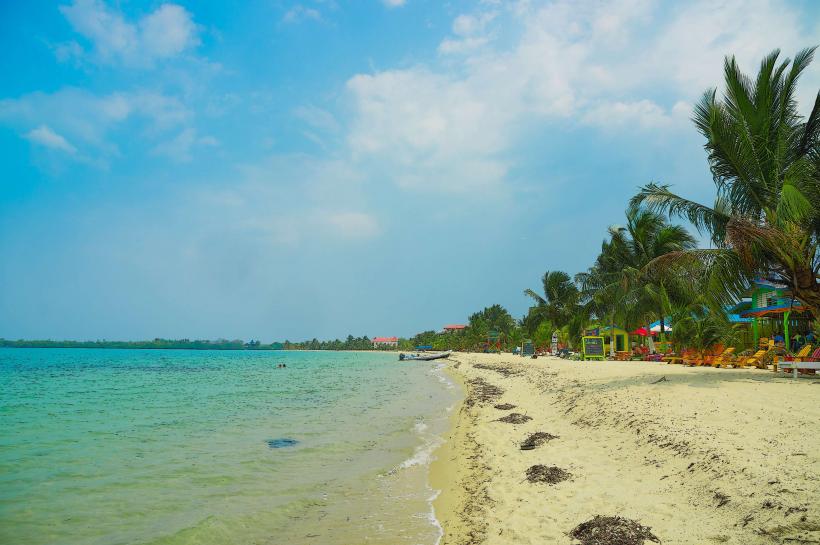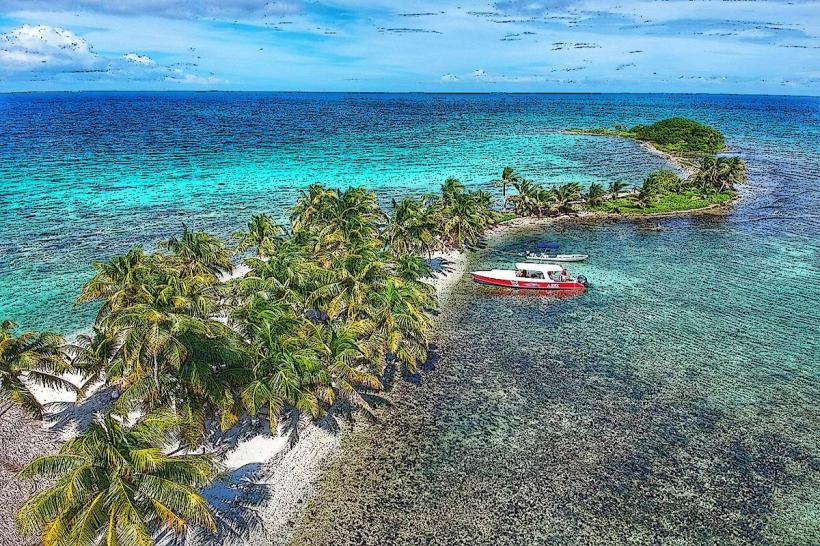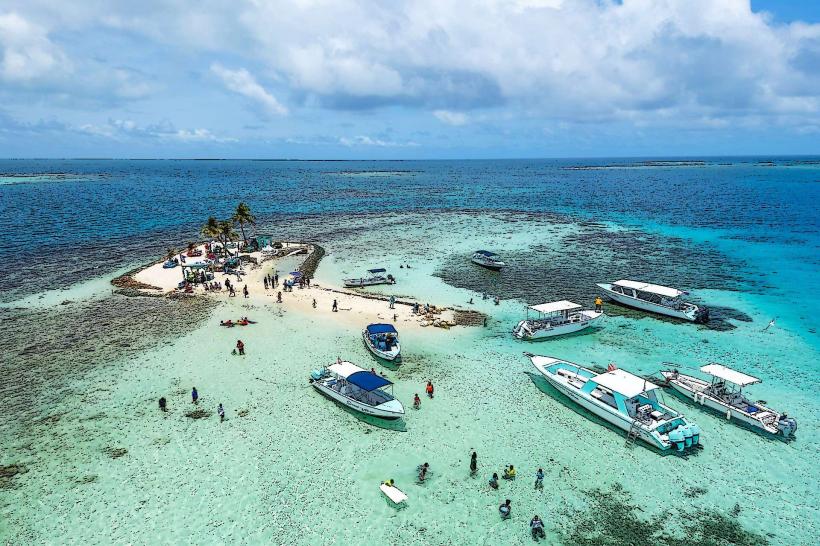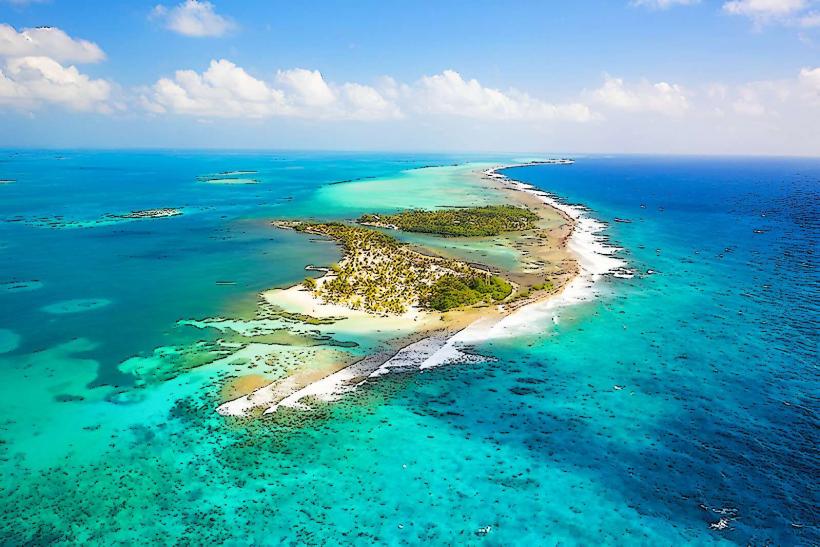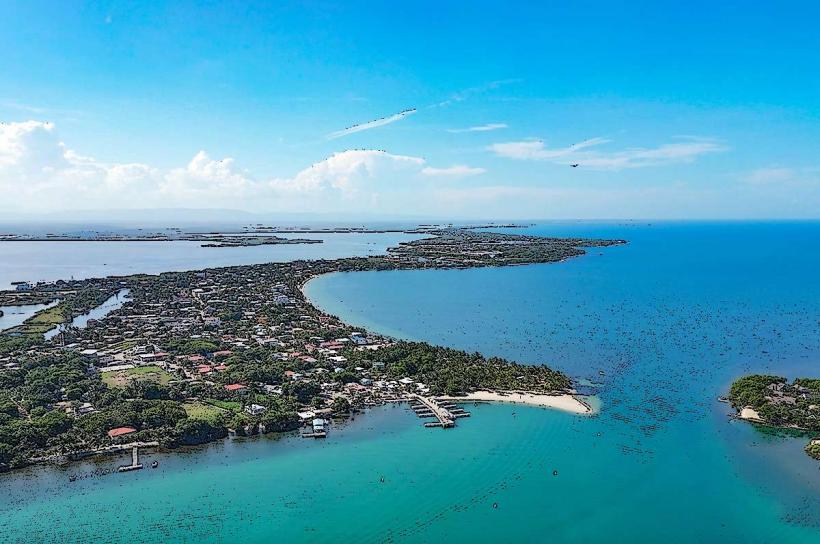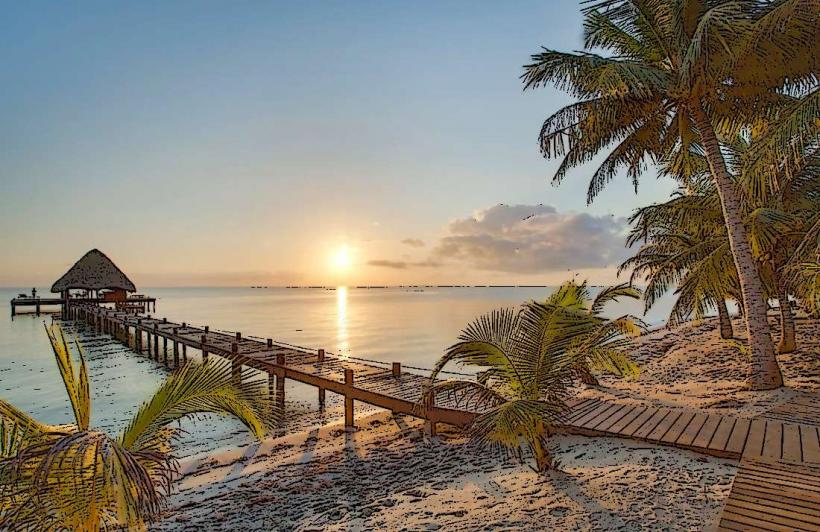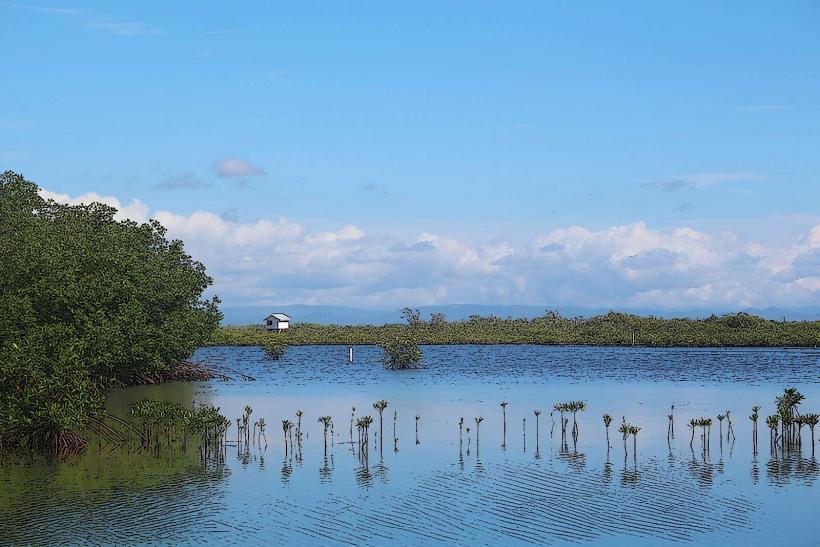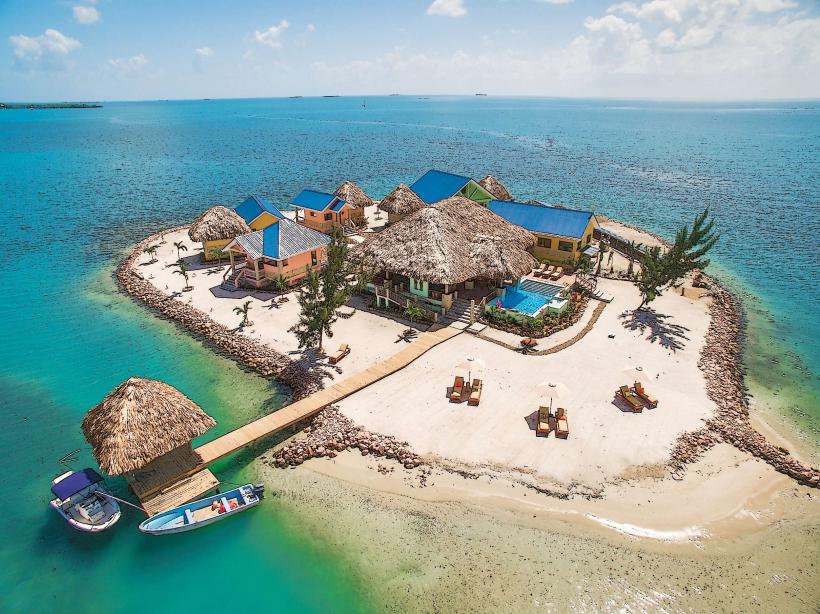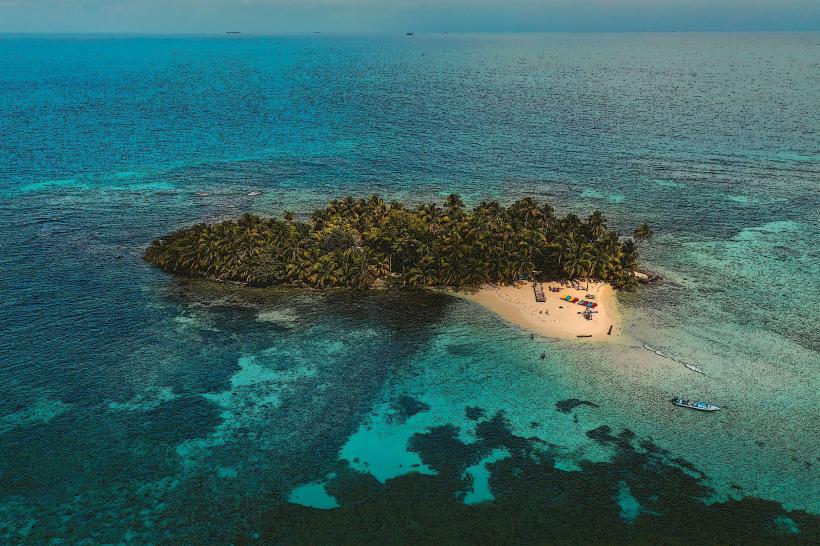Information
Landmark: Cockscomb Basin Wildlife SanctuaryCity: Placencia
Country: Belize
Continent: North America
Cockscomb Basin Wildlife Sanctuary: Detailed Overview
The Cockscomb Basin Wildlife Sanctuary is a protected area located in southern Belize, in the Stann Creek District. This sanctuary is renowned as one of the premier destinations for nature lovers, wildlife enthusiasts, and eco-tourists. It is recognized worldwide for its conservation efforts, and it is particularly famous for being home to the world’s first jaguar sanctuary.
Overview
- Location: Cockscomb Basin is situated in the southern region of Belize, near the town of Dangriga, in the Stann Creek District. It covers an area of over 128,000 acres (51,000 hectares), making it one of the largest protected areas in Belize.
- Established: The sanctuary was established in 1990 by the Belize Audubon Society and has since become a key area for wildlife conservation and eco-tourism.
- Access: The sanctuary is accessible by road from Dangriga or Placencia, with a journey time of about 30 minutes to 1 hour depending on your departure point. The roads leading to the sanctuary can be rough, so it’s recommended to use a 4x4 vehicle, especially during the rainy season.
Key Features
1. Jaguar Conservation
- Jaguar Sanctuary: Cockscomb Basin is internationally famous for being the world’s first jaguar sanctuary. The jaguar is the largest cat in Central America, and the sanctuary provides a safe habitat for these elusive creatures.
- Jaguar Habitat: The sanctuary offers a diverse range of ecosystems, including dense tropical forests, wetlands, and mountain ranges, making it an ideal habitat for jaguars. Although jaguars are elusive and rarely seen, visitors can learn about their behaviors, habitats, and efforts to protect them through the sanctuary’s educational programs.
- Jaguar Viewing: Though sightings of jaguars are rare due to their solitary and nocturnal nature, the sanctuary’s success in jaguar conservation has garnered worldwide recognition. Various initiatives, such as camera traps and tracking, have provided researchers with important data on jaguar populations and movements.
2. Diverse Flora and Fauna
- Biodiversity: Cockscomb Basin is home to a rich diversity of wildlife. The sanctuary’s ecosystems support over 300 species of birds, 50 species of mammals, and 400 species of plants. It is a hotspot for biodiversity in Belize, attracting researchers, naturalists, and photographers.
- Mammals: In addition to jaguars, visitors may encounter a variety of mammals, such as pumas, ocelots, white-tailed deer, howler monkeys, and spider monkeys. The sanctuary is also home to a variety of reptiles, amphibians, and numerous insect species.
- Birdwatching: The sanctuary is a haven for birdwatchers, with species such as the scarlet macaw, crested guan, and harpy eagle making occasional appearances. It is an excellent location for observing both resident and migratory bird species.
- Endangered Species: Cockscomb Basin plays a critical role in the protection of endangered species such as the scarlet macaw, tapir, and howler monkeys.
3. Scenic Beauty and Outdoor Activities
- Mountain Range: The sanctuary is nestled between the Cockscomb Mountains, offering breathtaking views of lush forests, rugged peaks, and deep valleys. The mountains are part of the larger Maya Mountain Range.
- Hiking Trails: There are several hiking trails that allow visitors to explore the sanctuary’s diverse environments. The Tiger Fern Trail and Jungle Trail are some of the most popular, offering varying levels of difficulty and opportunities to see wildlife, waterfalls, and panoramic views of the basin.
- Waterfalls and Rivers: The sanctuary is crisscrossed by numerous rivers and streams, with the South Stann Creek River flowing through it. One of the standout attractions is the Waterfall Trail, which leads to a stunning waterfall where visitors can take a refreshing dip.
- Swimming: The sanctuary features natural pools and rivers where visitors can swim, especially around the waterfall areas. It’s an ideal way to cool off after a hike in the jungle.
4. Eco-Tourism and Conservation
- Conservation Efforts: The sanctuary is a leading example of eco-tourism and conservation in Belize. It is managed by the Belize Audubon Society, which focuses on both wildlife protection and sustainable tourism. The sanctuary aims to educate the public about the importance of conserving biodiversity and promoting sustainable practices.
- Research and Education: The sanctuary supports environmental education and research, with facilities for scientists and students to study the diverse ecosystems of the region. Guided tours often include educational components on the sanctuary’s flora and fauna and the ongoing efforts to protect endangered species.
Activities and Experiences
1. Wildlife Viewing and Photography
- Jaguar Tracking: While spotting a jaguar in the wild is a rare experience, the sanctuary offers excellent opportunities for wildlife photography and observation. Guided tours can increase your chances of spotting other wildlife, including monkeys, birds, and reptiles.
- Birdwatching Tours: For bird enthusiasts, the sanctuary offers guided birdwatching tours, where visitors can learn about the various species of birds and their habitats.
2. Hiking and Exploring the Trails
- Waterfall Trail: A popular trail that leads to a beautiful waterfall, perfect for a swim and enjoying the surrounding jungle. The hike is relatively easy and takes about 30 to 45 minutes.
- Jungle Trails: Various trails throughout the sanctuary lead through different forest ecosystems, providing excellent opportunities to see wildlife and explore the jungle. The trails vary in difficulty, and some are designed for more advanced hikers.
- Mountain Views: Many trails offer incredible views of the surrounding mountains and valleys, with opportunities for panoramic photos.
3. Swimming and River Activities
- The South Stann Creek River and its tributaries offer opportunities for swimming, especially near the waterfalls. The cool, clear water provides a refreshing way to relax after a hike or birdwatching session.
4. Camping and Overnight Stays
- Campsites: For visitors looking to immerse themselves in the natural environment, the sanctuary offers campsites where they can stay overnight. This allows for a more intimate experience with the jungle and its wildlife.
- Guided Night Tours: The sanctuary offers night tours, where visitors can experience the jungle after dark and see nocturnal animals like owls, bats, and other creatures.
Best Time to Visit
- Dry Season (December to May): The dry season is the best time to visit Cockscomb Basin, as the trails are more accessible, and the weather is ideal for outdoor activities like hiking, birdwatching, and wildlife viewing. The clear skies and low humidity also provide perfect conditions for photography.
- Rainy Season (June to November): The rainy season brings more unpredictable weather and higher chances of rain, which can make some trails muddy and harder to navigate. However, this season offers a more peaceful experience with fewer tourists.
How to Get There
- From Dangriga: The sanctuary is about 30-45 minutes by car from Dangriga. Visitors can take a taxi, rent a vehicle, or arrange transportation through tour operators.
- From Placencia: If traveling from Placencia, it takes around 1.5 to 2 hours by car to reach the sanctuary. The road is rough, so a 4x4 vehicle is recommended.
Tips for Visiting
- Bring Comfortable Hiking Shoes: The sanctuary offers several hiking trails, so comfortable footwear is essential. Waterproof shoes are also recommended if you plan to explore wet areas.
- Pack Light: Due to the jungle environment, it’s best to bring lightweight and breathable clothing, sunscreen, insect repellent, and plenty of water.
- Be Prepared for Weather: Even in the dry season, it’s always wise to bring a rain jacket or poncho, as the jungle climate can be unpredictable.
- Respect the Wildlife: Keep a safe distance from animals and do not disturb the natural habitat. Avoid loud noises and follow the guide’s instructions.
- Book Guided Tours: Although it is possible to explore the sanctuary on your own, hiring a guide will enhance your experience and increase your chances of spotting wildlife.
Conclusion
The Cockscomb Basin Wildlife Sanctuary is a must-visit for nature lovers and wildlife enthusiasts. With its rich biodiversity, jaguar conservation efforts, and array of outdoor activities, it offers a unique and immersive experience in the heart of Belize's natural landscapes. Whether you're hiking through the jungle, swimming in waterfalls, or tracking jaguars, the sanctuary provides an unforgettable adventure in one of the most ecologically important areas in Central America.

